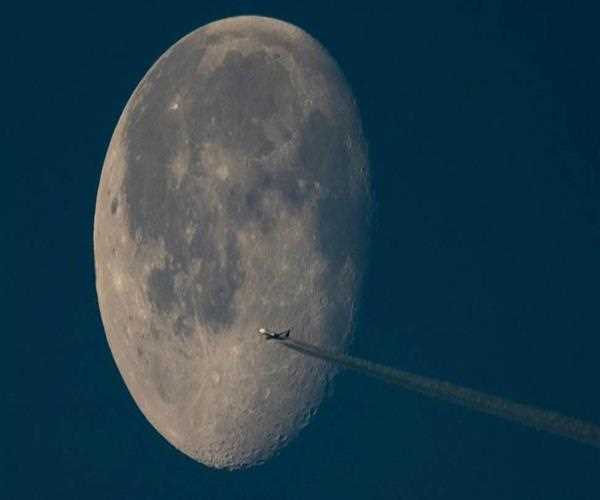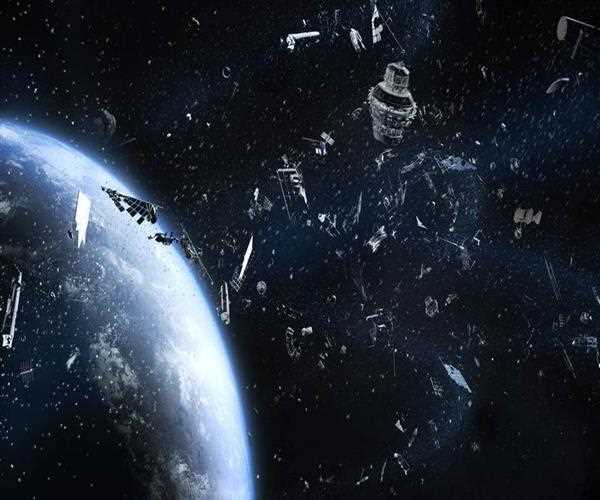Search here

01-Feb-2022
SpaceX rocket booster Collision with the 'Moon'
A rogue rocket booster could collide with the Moon in the next few weeks.

Our Universe comprises many objects and our earth itself is an object including its planet. for almost millions of years they have been revolving around one another without any external force but our technology has been developed in such a way that it is now planning to explore space and trying to set up a whole new home in it. While setting up the home in space, people have sent many electronic gadgets like satellites, rockets, and space stations to link with the Universe. Humans have developed such a technology that is encouraging humans to live in Space. Where the technology and its Space objects made by humans are providing the best services to humans, the objects are also acting as space garbage after use because still the disposing way has not been found. Similarly, such a crash of a rocket booster is scheduled to happen in March and the related information has been revealed by the space scientist and astronomers.
Bill Gray, an independent researcher focused on orbital dynamics was the first who publicize the imminent collision, told his calculations that the rocket part would hit the moon a bit north of its equator. He also predict the timing for the collision which also can vary as the location of the rocket was not specific. The collision will take place “within a minute” at 7.26 a.m. ET on 4 March. The exact timing and location are not revealed by Bill Gray.
Gray’s Email told more about it and can be read as “Right now we can’t get more data because the object is quite close to the sun in the sky. On February 7 and 8 we will have a brief opportunity to look and it will get more data, and the above time and location will be better determined,” said Gray’s Email.
Also Read: Aliens contacting humans? Researchers found an unusual signal thrice in an hour.
NASA also has revealed a statement regarding the matter as “NASA is monitoring the trajectory of the SpaceX Falcon 9 second stage, which supported the US air force (now US space force) launch of the deep space climate observatory (DSCOVR) mission in 2015,” said by Karen Fox who is a senior science communications officer at NASA.
Fox also told that the launch of that rocket and mission was the partnership between NASA, NOAA, and US Space Force. After completing the flight, the second stage was put in its intended earth escape, heliocentric disposal orbit. The height of the rocket is 15 meters and the weight is about 3 to 4 tons. The stage will be permanently disposed of from a safety point this type of disposing of is the safest way of Disposing. The scientist also revealed that this is the best way of disposing of and also they said that this is also an opportunity to look at the surface of the Moon to close and it will help researchers to study the deep atmosphere of the Moon.
Recent decades have been a witness to the development of Space technology and the success of sending satellites into earth orbit. This time the amount of objects present in space is also developing a concern for the space garbage generally known as Space Debris. International Space Agency has also warned all the space agencies of the world to deal with the concern of Space Debris and should also take a smart step to deal with the issue.
Also Read: Earth is going to face the Sixth Mass Extinction

Student
Economics can be broken down into microeconomics, which looks at individual decisions, and macroeconomics, which is concerned with the economy as a whole. Both types of economics utilize historical trends and current conditions to inform business decision-making and make predictions about how markets might behave in the future. Students who choose to study economics not only gain the skills needed to understand complex markets but come away with strong analytical and problem-solving skills.
Join Our Newsletter
Subscribe to our newsletter to receive emails about new views posts, releases and updates.
Copyright 2010 - 2025 MindStick Software Pvt. Ltd. All Rights Reserved Privacy Policy | Terms & Conditions | Cookie Policy